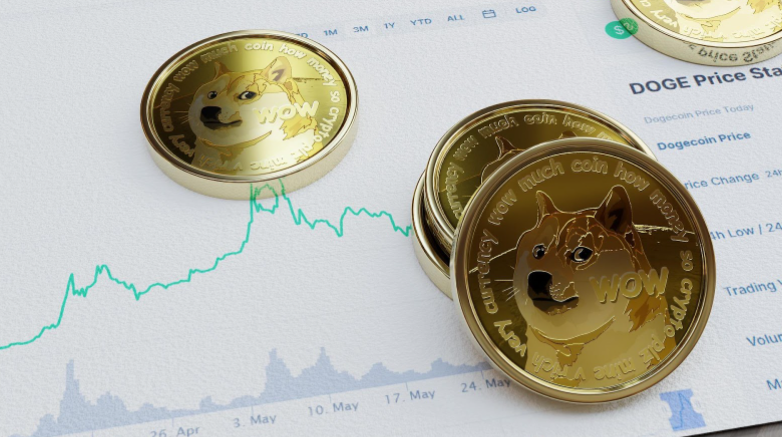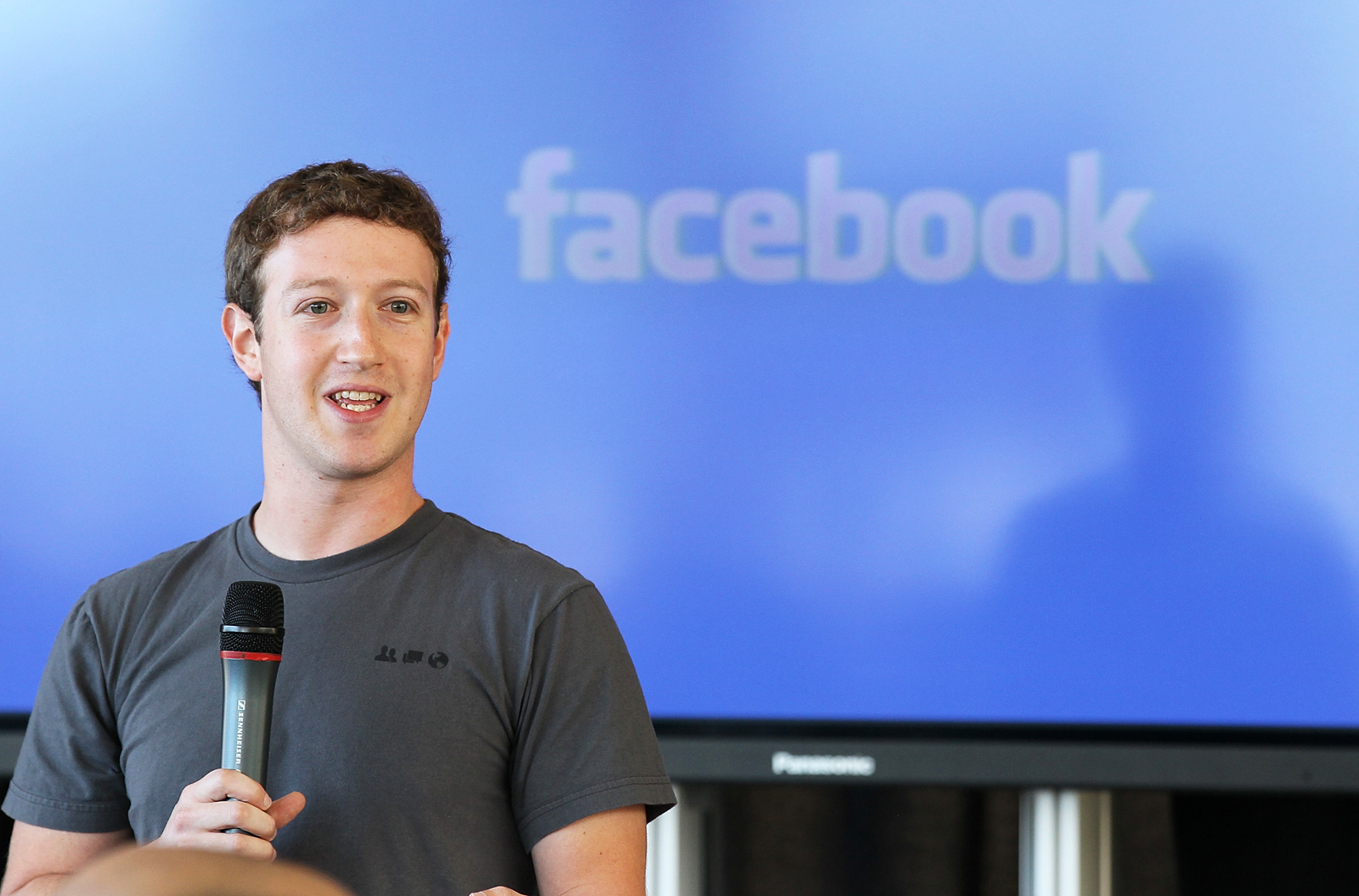
AT any given moment, around 40% of your traffic isn’t coming from Google or Facebook. It’s coming from your own site.
That’s internal traffic: The clicks readers make once they’re already on your site.
And while it might not get the same attention as flashy social spikes or organic search wins, internal traffic is actually your biggest source of pageviews.
More importantly, it’s the most powerful signal that your readers are on the path to loyalty.
In our latest research, we looked at why internal traffic is your biggest source of pageviews and where this traffic first lands on your site, which referrers and devices drive sessions and engagement, and what you can do to turn visits from all of these sources into loyalty.
Internal traffic is recirculation in action
To better understand how reader journeys evolve, we first examined which traffic sources account for the most pageviews on a website.
Internal traffic stood out as the largest category, accounting for about 40% of pageviews.
- Re-imagining the workplace: Google and other company visions
- Accident, piracy affected my career: Zembe
- Kim Jayde revels in SA award nomination
- Building narratives: Chindiya empowers girls through sports
Keep Reading
That’s not just impressive engagement; it’s a direct sign that readers are sticking around, clicking to a second page, and actively exploring a site. In other words, it’s recirculation in action.
But what’s even more interesting is that internal traffic doesn’t appear out of nowhere.
Every internal pageview started somewhere — with a reader who came in from search, social, direct, or elsewhere.
So, we asked: What happens when we redistribute internal traffic back to its original entry point?
The answer revealed a lot about reader intent and yielded new clues on how to shape the next click.
When you trace it back, direct traffic doubles
Once we reattributed internal traffic to the referral source that brought readers in, one category came out on top: direct traffic jumped from 13% to 25% of total traffic.
This matters because direct visitors — those who arrive by typing in your URL or using a bookmark — are your most intentional audience.
They know what they’re looking for, they’ve been on your site before, and, as the data shows, they’re far more likely to recirculate.
If you treat internal traffic as one big pool of visitors, you miss the nuances.
But if you understand that a large portion of this audience is powered by return visitors who start with direct intent, you can begin optimising your pages for that kind of loyal behaviour.
Recirculation looks different based on where readers start
In our research, we wanted to go deeper into where Web site traffic actually starts.
We found out that not all entry sources perform the same, and not all sessions recirculate equally.
When we looked at pages per session and engaged time by referral source, we found internal sessions have the most depth: nearly three pages per session and more than one minute of engagement per page.
Direct traffic averages 2.2 pages per session, with 45.2 seconds of engaged time — more than external or social.
And, social traffic lags behind, with just 1.4 pages per session and 34.4 seconds of engagement.
This matters because the recirculation potential of each audience is different: Visitors from direct sources behave more loyally, while social visitors need faster hooks to click again.
When internal traffic is understood this way, it becomes a blueprint for improving.
Device and loyalty influence sessions from each referrer
Not all visitors from a single source behave the same way, but when we look at session performance by device type, loyalty, and site referrer, a clear pattern emerges: Higher loyalty and larger screen sizes contribute to longer and deeper sessions.
Among major traffic sources, loyal visitors on desktop consistently show higher average pageviews per session, average engaged time, and average session duration than other referrer types.
Loyal visitors who find your Web site via search and desktop, for example, average 107 seconds of engaged time and 3.5 pageviews.
Mobile visitors, on the other hand, have much lower engagement.
Those same loyal visitors who arrive via search engage for only 60 seconds when using mobile devices, and those who come via social sources engage for less than 30 seconds on average.
Visitors using desktop and tablet devices engage more deeply, viewing more pages and spending significantly more time per session compared to mobile users.
Meanwhile, loyalty is a powerful predictor of engagement.
Loyal readers not only view more pages but also spend 20 more seconds actively engaged per session than new visitors.
As loyalty increases, so does the depth and quality of interaction.
What this means for your recirculation strategy
So how do you act on this data? First, start by asking a few key questions:
Where are your internal sessions coming from?
Don’t treat internal traffic as one big piece; break it down in smaller ones.
Are your loyal visitors coming mostly from direct search? Are they sticking around or bouncing?
Are you offering low-friction recirculation paths?
We found that push notifications, newsletters, and in-line recommendations all help convert a first visit into a second, especially when tailored to the intent of the visitor.
Is your user experience (UX) matching the device and behaviour?
Desktop users consistently view more pages and engage longer.
Mobile visitors need concise, scannable formats and fast-loading pages to stick around.
Building paths that lead to loyalty
Once you understand your traffic patterns, you can build more effective strategies for converting visits into loyal readers.
Turn discovery into depth. Match content to expectations, especially for search and social visitors, and recommend related content early in their journey.
Capture fleeting attention. Use low-friction loyalty hooks like newsletter prompts or push notifications to build touchpoints that can lead to future visits.
Analyse what readers actually do. Dig into sessions by looking at scroll depth, engaged time, and content type to understand the nuances of different kinds of visitors.
Prioritise recirculation paths. Surface next-click opportunities that keep visitors from all sources engaged.
Recirculation is the first step toward loyalty
Every loyal reader once clicked a second page, and that moment of recirculation is where loyalty begins.
If you understand where those readers started, what they expect, and how they behave across sessions and platforms, you can build smarter, more personalised recirculation paths that meet intent and deepen engagement.
Internal traffic isn’t just your biggest source of pageviews. It’s your best opportunity to turn discovery into habit and habit into retention.










